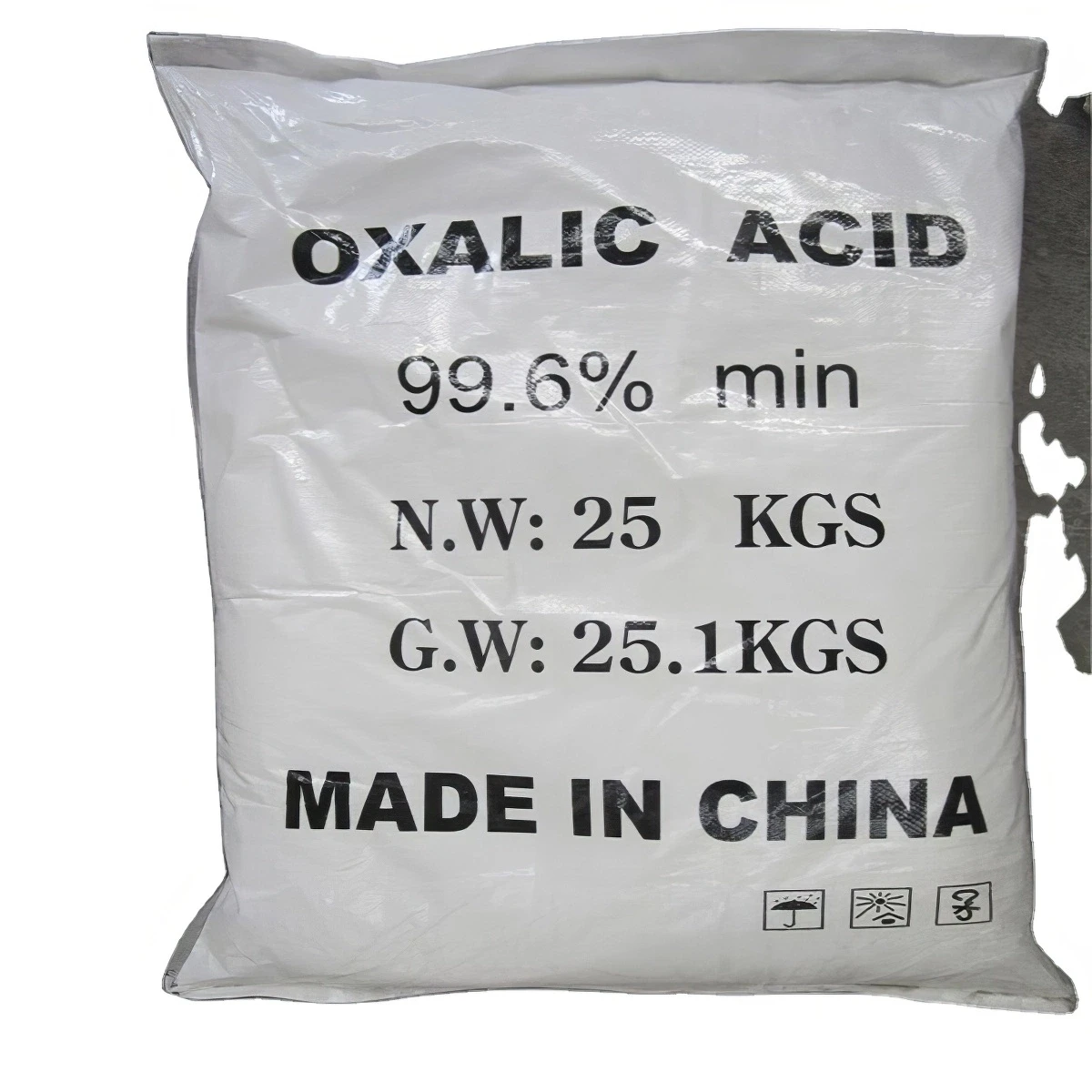



Understanding the Interaction of Sodium Hydroxide and Water in Chemical Reactions
Sodium Hydroxide and Water Understanding the Basics
Sodium hydroxide (NaOH), commonly known as lye or caustic soda, is a highly versatile chemical compound with numerous applications, primarily in industrial processes. When sodium hydroxide is dissolved in water (H2O), it undergoes a process called dissociation, wherein it separates into sodium ions (Na⁺) and hydroxide ions (OH⁻). This reaction is not only fundamental to chemistry but is also essential in various practical applications, from manufacturing to everyday household use.
The dissolution of sodium hydroxide in water is an exothermic reaction, which means it releases heat. This thermodynamic property is important to understand not just for safety reasons but also in managing the efficiency of reactions that utilize this compound. As NaOH is added to water, the temperature of the solution increases, which can be beneficial in processes that require heating but can also pose risks if not handled properly.
Sodium Hydroxide and Water Understanding the Basics
One of the most significant uses of sodium hydroxide in water is in the production of soap through the saponification reaction. This involves the reaction of fats and oils with sodium hydroxide to produce glycerol and soap. The alkaline solution aids in breaking down the substantial molecular bonds within the fats, resulting in the transformation of these substances into soap. This age-old method highlights the importance of sodium hydroxide and water in creating everyday products.
sodium hydroxide h2o

Moreover, sodium hydroxide-water solutions are used in water treatment processes. Here, it serves to adjust the pH of water, making it less acidic and more conducive to supporting aquatic life. The regulation of pH is crucial in different settings, from municipal water supplies to industrial wastewater treatment facilities. The hydroxide ions contribute to the water's ability to neutralize harmful contaminants and maintain a balanced ecosystem.
Safety is a crucial factor when handling sodium hydroxide, especially in its concentrated form. It can cause severe burns upon contact with skin and can be damaging to the eyes and respiratory system if inhaled. Therefore, appropriate safety measures, such as wearing gloves, goggles, and masks, are mandatory when working with this powerful chemical. Additionally, it is essential to add sodium hydroxide to water and not the other way around; adding water to sodium hydroxide can lead to explosive reactions due to the rapid release of heat.
In recent years, the role of sodium hydroxide in green chemistry has gained attention. Researchers are exploring ways to utilize NaOH in more sustainable processes, minimizing waste and reducing energy consumption. For example, the development of alternative production methods for biodiesel involves the use of sodium hydroxide as a catalyst, further expanding its applications in a greener context.
In summary, sodium hydroxide in water is a quintessential example of how a single chemical compound can play diverse and critical roles across various sectors. From industrial manufacturing to everyday household products and environmental protection, its significance cannot be overstated. Understanding the chemical properties and applications of sodium hydroxide not only illuminates its utility but also underscores the importance of safety and responsible handling practices in chemistry. As we continue to innovate and seek sustainable methods, sodium hydroxide's role may evolve further, leading to even broader applications and benefits for society.
-
Why Sodium Persulfate Is Everywhere NowNewsJul.07,2025
-
Why Polyacrylamide Is in High DemandNewsJul.07,2025
-
Understanding Paint Chemicals and Their ApplicationsNewsJul.07,2025
-
Smart Use Of Mining ChemicalsNewsJul.07,2025
-
Practical Uses of Potassium MonopersulfateNewsJul.07,2025
-
Agrochemicals In Real FarmingNewsJul.07,2025
-
Sodium Chlorite Hot UsesNewsJul.01,2025










